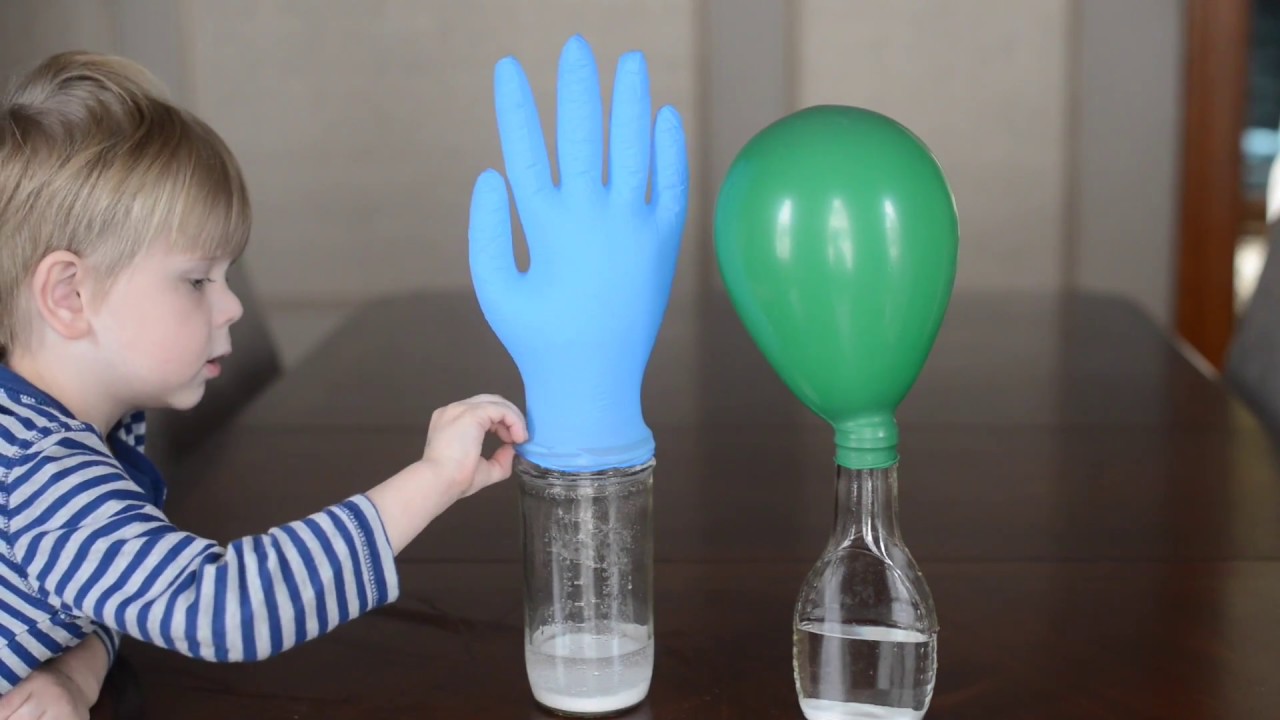Fun-Filled Science Experiments for Kids: Sparking Curiosity!
Hey there, fabulous parents and curious kiddos! ? Are you ready to turn your home into a wondrous science lab where fun meets knowledge and creativity knows no bounds? Well, you’re in the right place because we’ve got a treasure trove of science experiments for kids that will send those little neurons into a delightful dance! ??
As adults, we know that the world is chock-full of marvelous mysteries waiting to be solved, and what better way to begin unraveling them than by diving into some hands-on science activities? These experiments are not only entertaining but are also jam-packed with educational goodness, making learning as sweet as a spoonful of sugar! ?
Benefits of Science Experiments for Kids
Gearing up your child with a lab coat (figuratively, of course!) and diving into experiments has a myriad of benefits. It enhances critical thinking, boosts problem-solving skills, and nurtures a love for learning. Science can truly be a playground for the mind! ??
Safety First: Tips for Conducting Science Experiments
Before we jump into the exciting world of bubbling potions and colorful reactions, let’s chat about safety. Always supervise your little scientists, ensure protective gear is worn when needed, and use materials that are kid-friendly. Safety goggles? Check! Aprons? Check! Ready to become a scientist? Double-check! ??????
Experiment #1: Dancing Raisins
Let’s kick things off with a bubbly experiment that will have your kids in awe. The dancing raisins experiment is a classic that teaches principles of buoyancy and gas formation, all while providing a visual treat!
- Materials: Clear soda, a tall transparent glass, and a handful of raisins.
- Procedure: Fill the glass with soda and drop in a few raisins. Watch as they begin to dance up and down in the glass!
- Science Behind It: The carbon dioxide bubbles in the soda attach to the rough surface of the raisins and carry them to the surface. When the bubbles pop, the raisins sink again, and the cycle continues.
It’s as if the raisins are having their very own party in the glass, and your kids are the exclusive guests to this microscopic rave! ??
Experiment #2: Invisible Ink
Ready to play detective? This experiment is perfect for budding spies. With invisible ink, your mini agents can write secret messages that can only be revealed under the right conditions.
- Materials: Lemon juice, cotton swabs, white paper, and a heat source like a lamp or hairdryer.
- Procedure: Dip the cotton swab in lemon juice and write a message on the paper. Let it dry. Hold the paper close to a heat source to reveal the secret writing!
- Science Behind It: Lemon juice weakens the paper fibers where it is applied. When heated, these weakened fibers burn faster than the rest, revealing the message.
Not only will this experiment teach chemical reactions and heat sensitivity, but it might also inspire the next great espionage novelist! ??????
Keep the Curiosity Going!
These are just a couple of examples to spark your child’s interest in science, but the possibilities are endless. So, grab that metaphorical science hat, and let’s dive deeper into the wonderful world of experiments. Are you ready to make some unforgettable memories and ignite the spark of curiosity in your little ones? Because science is not just a subject, it’s an adventure! ??

5 Essential Preparation Tips for Kid-Friendly Science Experiments
Oh buoyant bunch of enthusiastic experimenters, by now, your minds must be brimming with excitement for the array of science activities laid out before you! But before we dive into these illuminating explorations, let’s ensure we’re prepared for a smooth sailing scientific journey. ????
1. Understanding the Experiment
Begin each adventure by reading through the entire experiment with your child. Comprehend the steps, anticipate the outcomes, and discuss the scientific principles at play. Knowledge is like a map, and understanding the experiment fully will guide you safely and successfully through your scientific quest! ???
2. Gathering All Materials
Like a skilled chef sets out their ingredients before cooking, you’ll want to have all materials ready before you begin. This includes not just the main components of the experiment but also any safety gear, cleanup supplies, or measuring tools you might need. A prepared workspace is the cornerstone to a successful experiment. ???
3. Setting the Stage
Choose a suitable location for your experiments – somewhere that’s easily cleanable and spacious enough to contain any potential mess. Whether it’s a kitchen table covered with newspaper, or a workbench in the garage, your environment plays a pivotal role in the learning process. ??
4. Emphasizing the Importance of Notes
Scientists keep detailed records, and your young genius should do the same. Equip them with a notebook to jot down observations, sketches, or questions that arise. Noting down each step and its result helps inculcate a methodical and thorough approach to experimentation. ???
5. Encouraging Predictions and Hypotheses
The spark of science is kindled through predictions and hypotheses. Encourage your child to guess what might happen before they start. This practice enhances critical thinking and gets them excited about the process. Whether the prediction is accurate or not, it’s the reasoning that counts! ??
With these pro tips in your scientist’s tool belt, you’re all set to embark on an epic journey of discovery and learning. Remember, every experiment, successful or not, is a step towards enlightenment. All aboard the curiosity express – your lab awaits!
Experiment #3: Volcano Eruption
Want to witness an eruption without the risk? Let’s make a volcano in the comfort of your own home!
- Materials: Small bottle, baking soda, vinegar, dish soap, food coloring (optional), and a tray to contain the mess.
- Procedure: Put the bottle on the tray. Add a few tablespoons of baking soda, a squirt of dish soap, and if you like, a few drops of food coloring. Then, pour in the vinegar and step back to watch the eruption!
- Science Behind It: This reaction between vinegar (acid) and baking soda (base) creates carbon dioxide gas, which bubbles up, carrying the mixture with it in an explosive manner.
Every child’s face lights up at the sight of this classic chemical reaction, and it never grows old. Chances are, you’ll be setting up for round two immediately after! ??
Experiment #4: Homemade Slime
Stretch it, roll it, squish it! Making slime is not only super fun, but it’s also a great way to learn about the properties of polymers.
- Materials: White glue, borax (found in the laundry aisle), water, food coloring (optional), and two bowls.
- Procedure: In one bowl, mix 1/2 cup glue and 1/2 cup water. Add food coloring if desired. In another bowl, dissolve a teaspoon of borax in 1 cup of water. Slowly add the borax solution to the glue mixture while stirring until it forms slime.
- Science Behind It: The glue has long, flexible molecules called polymers. Adding borax links these polymers together, creating a stretchy substance with a unique texture.
A squishy, gooey ball of slime is always a big hit, and when kids learn they’ve made a non-Newtonian fluid, they’re making science jargon part of their everyday language. Not to mention, it’s the perfect sensory play material. ??
Experiment #5: Water Walking
Witness the magic of water seemingly defying gravity and walking between cups! A colorful way to explore capillary action.
- Materials: Clear cups, water, food coloring, and paper towels.
- Procedure: Fill every other cup with water and add different colors of food coloring. Take a half sheet of paper towel, fold it lengthwise, and place one end in a cup with water and the other end in an empty cup. Continue this pattern and watch the water ‘walk’ along the paper towels and mix.
- Science Behind It: The water travels through the paper towel by capillary action. The colored water shows the progress and mixes in the empty cups creating new colors.
This enlightening demonstration not only wows with a spectrum of colors but teaches the principle behind how plants draw water from the soil. It’s a masterpiece of art and science! ??
So, dear parents and intrepid young learners, now that you’re equipped with these amazing experiments and pro tips for preparation, go forth and cause ripples of excitement in the world of learning. The universe is your oyster, and science is the pearl within, waiting for you to discover its luster. Let the experiments begin! ???
. For more information see here
Disclaimer
The articles available via our website provide general information only and we strongly urge readers to exercise caution and conduct their own thorough research and fact-checking. The information presented should not be taken as absolute truth, and, to the maximum extent permitted by law, we will not be held liable for any inaccuracies or errors in the content. It is essential for individuals to independently verify and validate the information before making any decisions or taking any actions based on the articles.




